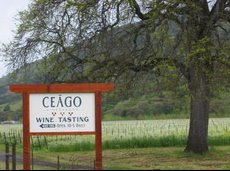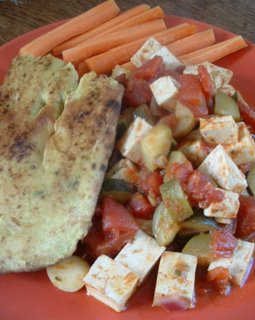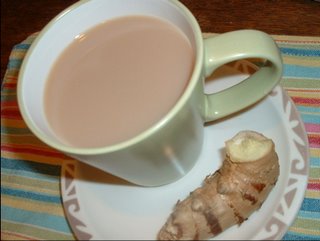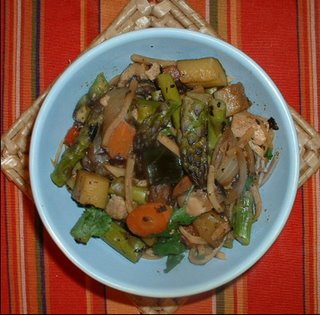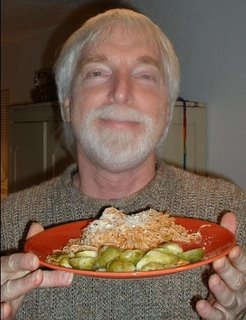Al fresco at last

Last evening we launched the season of outdoor dining with two new friends (Chris and Sylvia), some lovely wine, and a kind of Moroccan lasagna I made using fresh sheets of spinach pasta from The Pasta Shop. In the last week, roses and wisteria have burst into bloom in the garden, nourished by a long season of rain and finally coaxed into blossoming by several consecutive days of sun. Glorious!
In case you're wondering what Moroccan lasagna might be, it's something I concocted on a whim. For some reason, I didn't want to go the traditional Italian route with my seasoning, so I used both sweet and smoked paprikas, cumin, turmeric, and cinnamon in the mix. Instead of using the usual mozzarella and ricotta, I blended part-skim ricotta with some crumbled feta cheese. The sauteed vegetable filling (eggplant, zucchini, bell pepper -- in celebration of the sun) was a beautiful golden color.

The finished dish had a rich and pungent quality, with an unexpected, exotic layer of flavor. I went easy on the cayenne, even though Moroccan food can be quite fiery, because I wasn't sure of our guests' preferences. Turns out they have traveled extensively in Mexico and adore hot food. No matter; the milder version was perfectly delicious.
On the side: 1) steamed artichokes with a yogurt/pesto/paprika dipping sauce and 2) a romaine and red cabbage salad with balsamic cumin vinaigrette.
There were oohs and aahs all around, then silence for a while as we all dug in. Soon and conversation resumed and we had a perfectly lovely evening swapping travel stories and getting better acquainted. After dinner, the super-spouse pulled out his guitar and was joined in strumming and singing by Chris. We women chimed in occasionally to sing backup. Big fun.
Here's a simple recipe for the sauce I invented, which would be great on pasta, pizza, eggs, or as the base of a scrumptious tomato soup.
1) Empty 1 28-ounce can of diced tomatoes (with juice) into a blender
2) Add 1/2 cup oil-packed dried tomatoes
3) Add 3 minced cloves of garlic, 1/4 cup coarsely chopped parsley, 1 tablespoon sweet paprika, 1 teaspoon ground cumin, 1/2 teaspoon ground cinnamon, and 1/4 teaspoon dried red chile flakes.
4) Puree and taste. Season with salt and freshly ground pepper to taste.
5) Heat in a saute pan and use as desired.
vegetarian cooking The Pasta Shop lasagna


